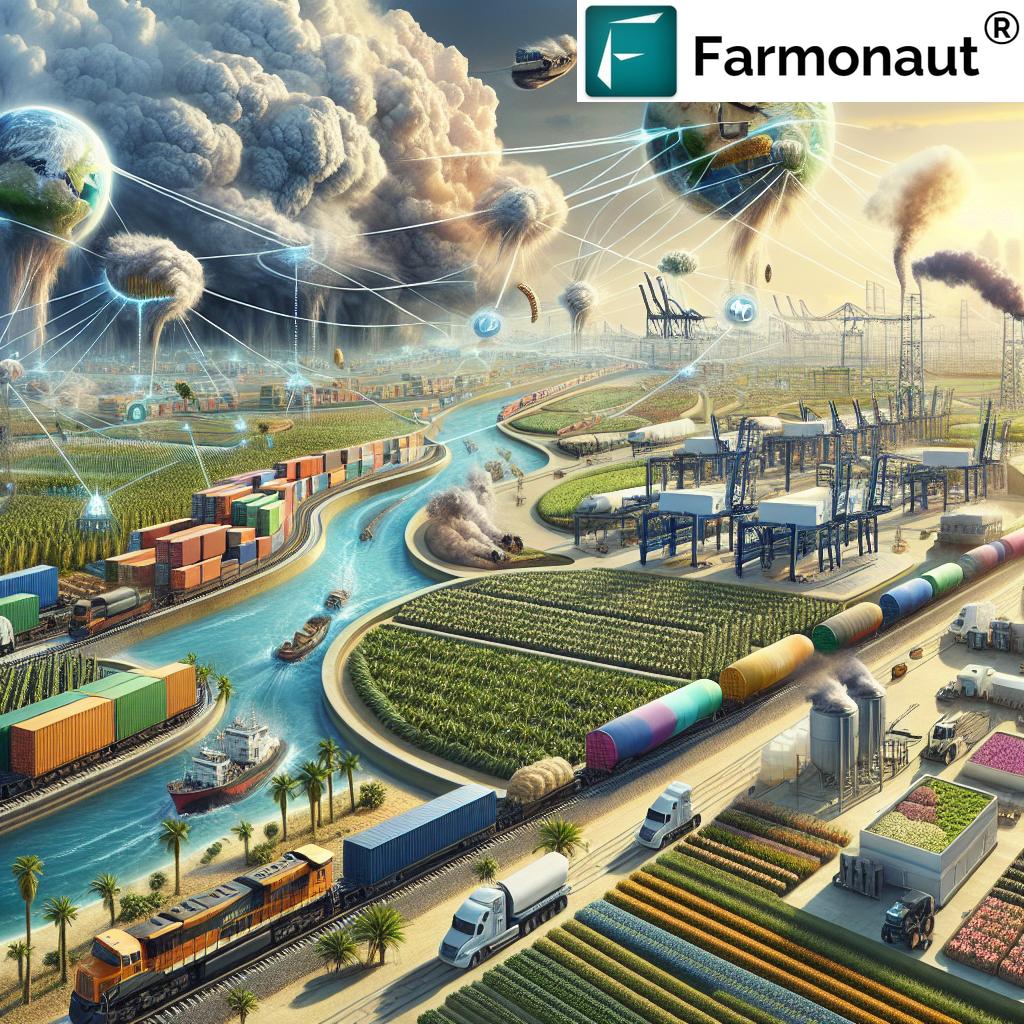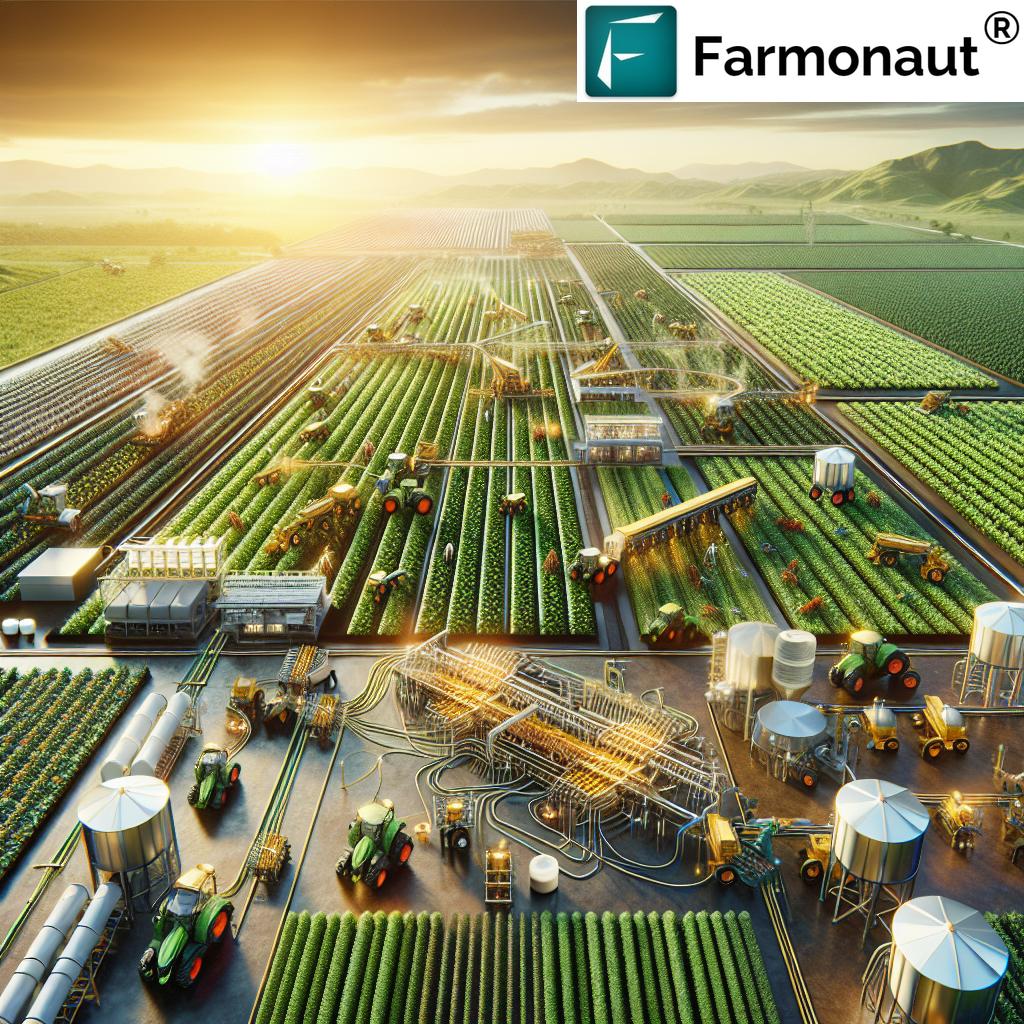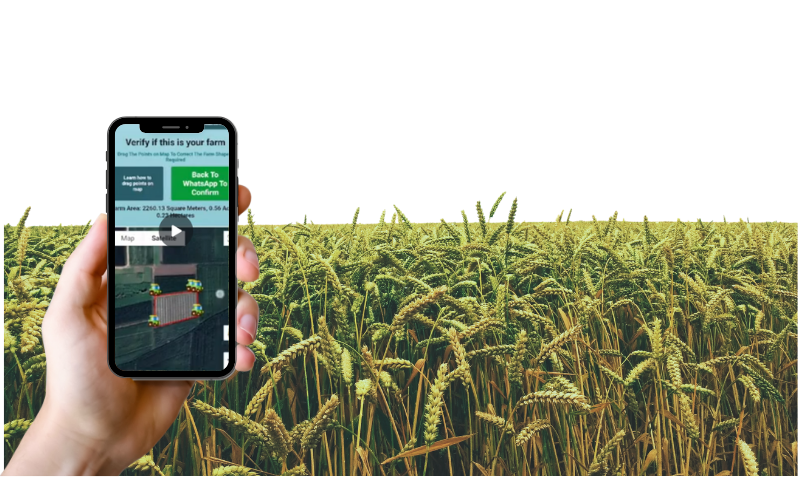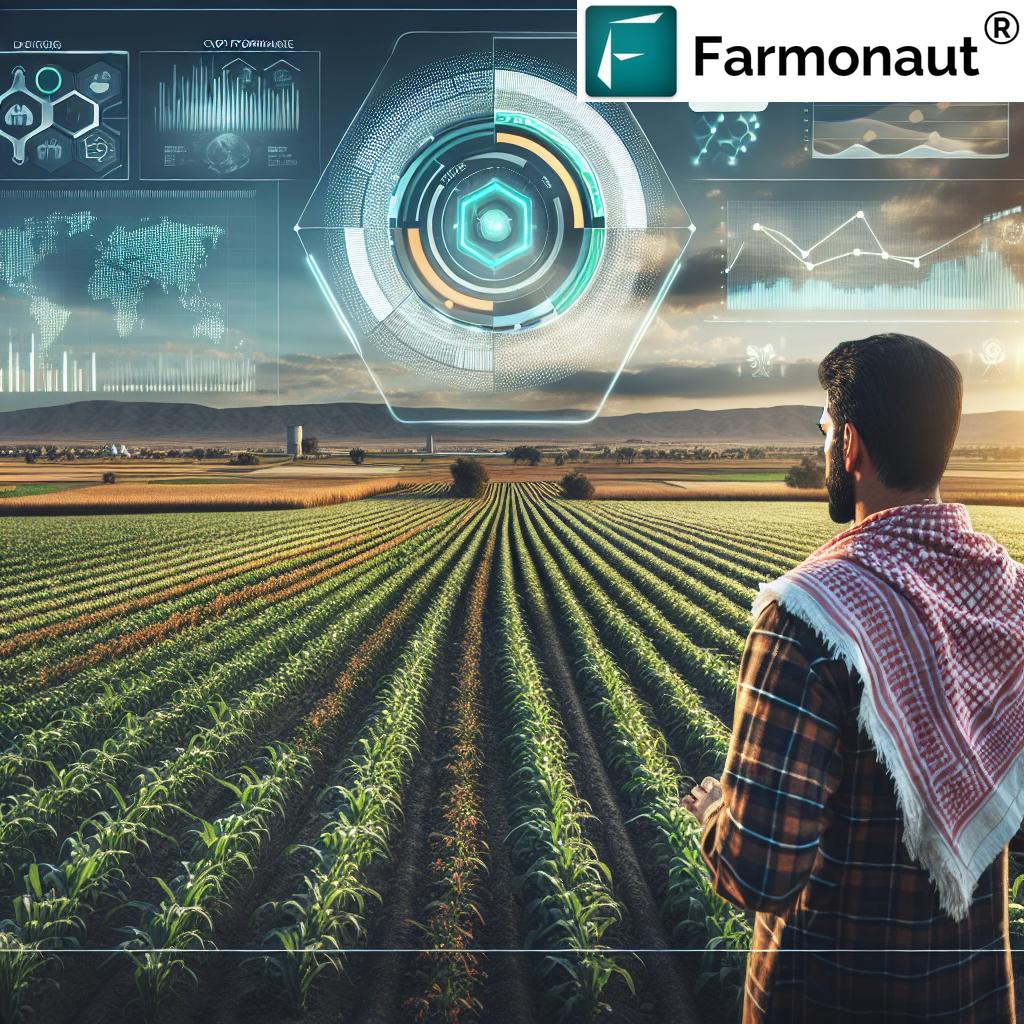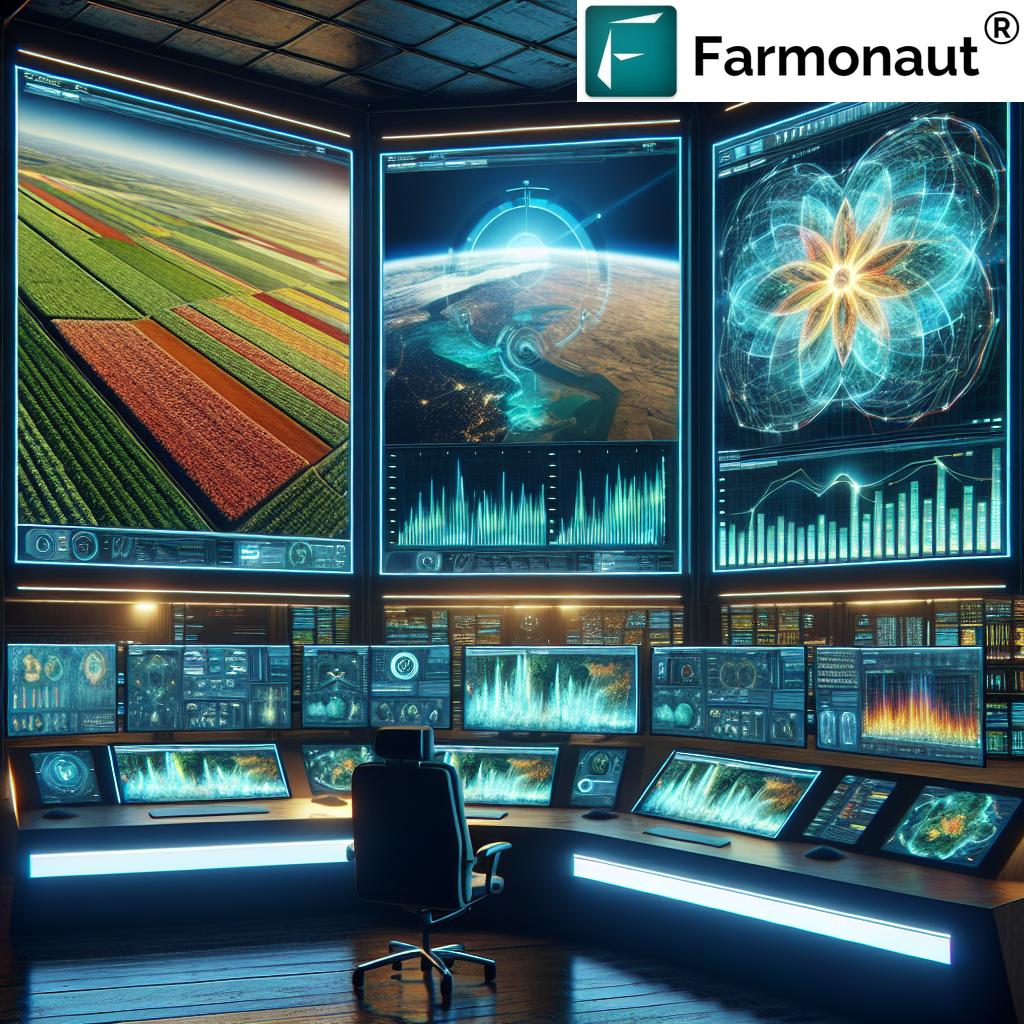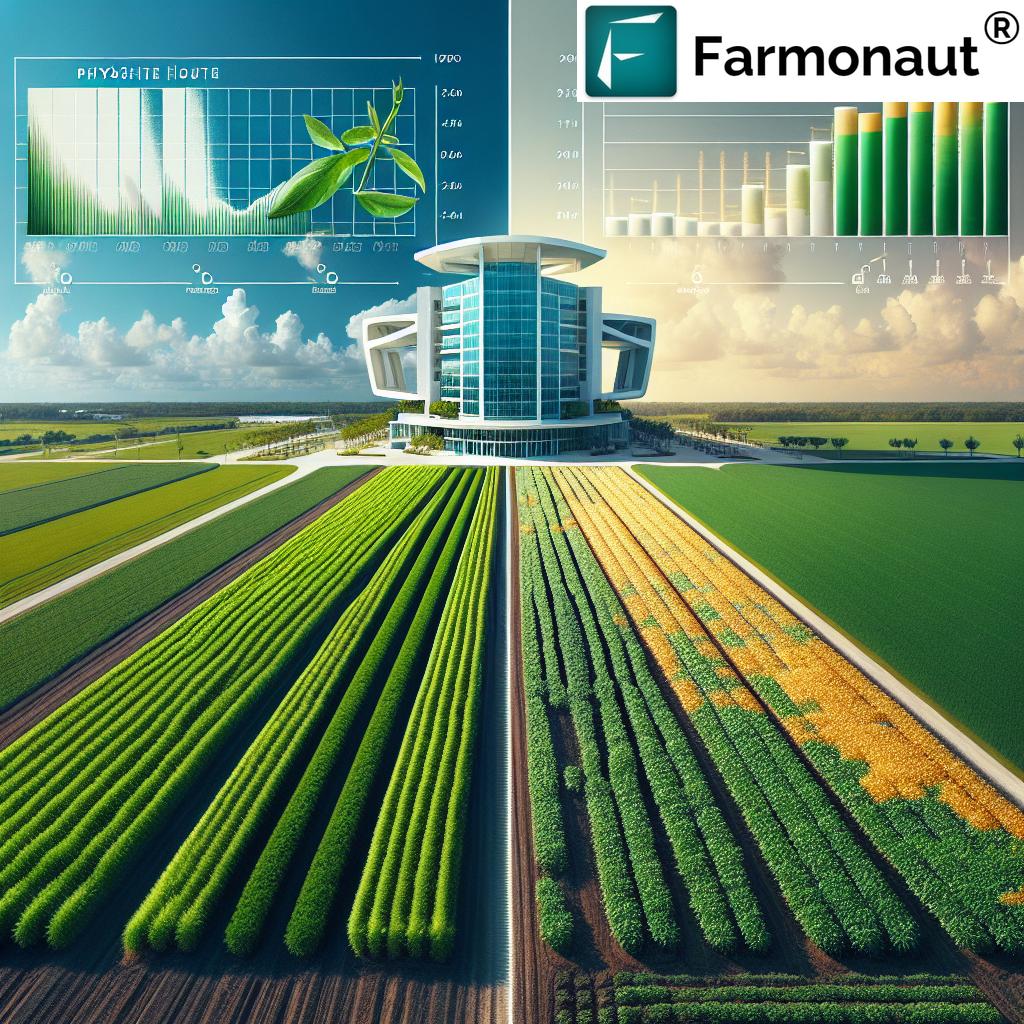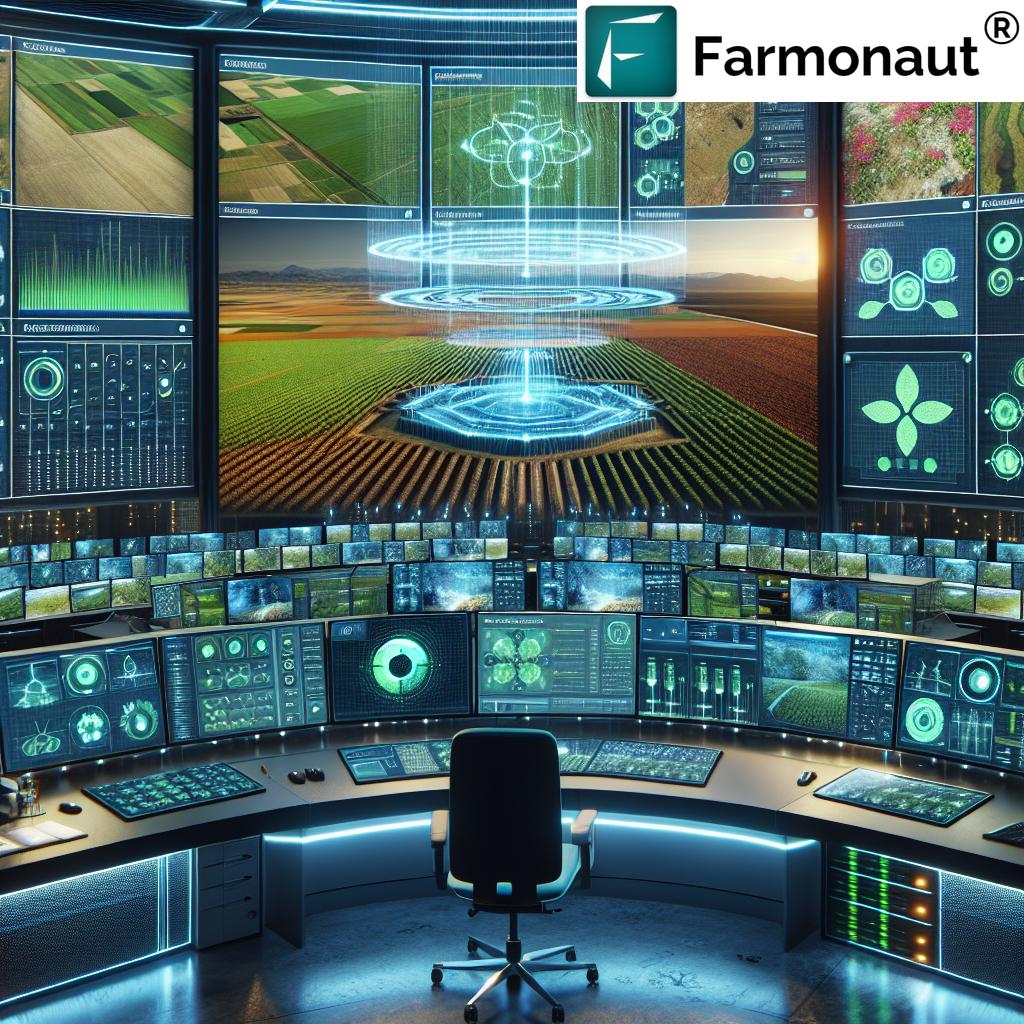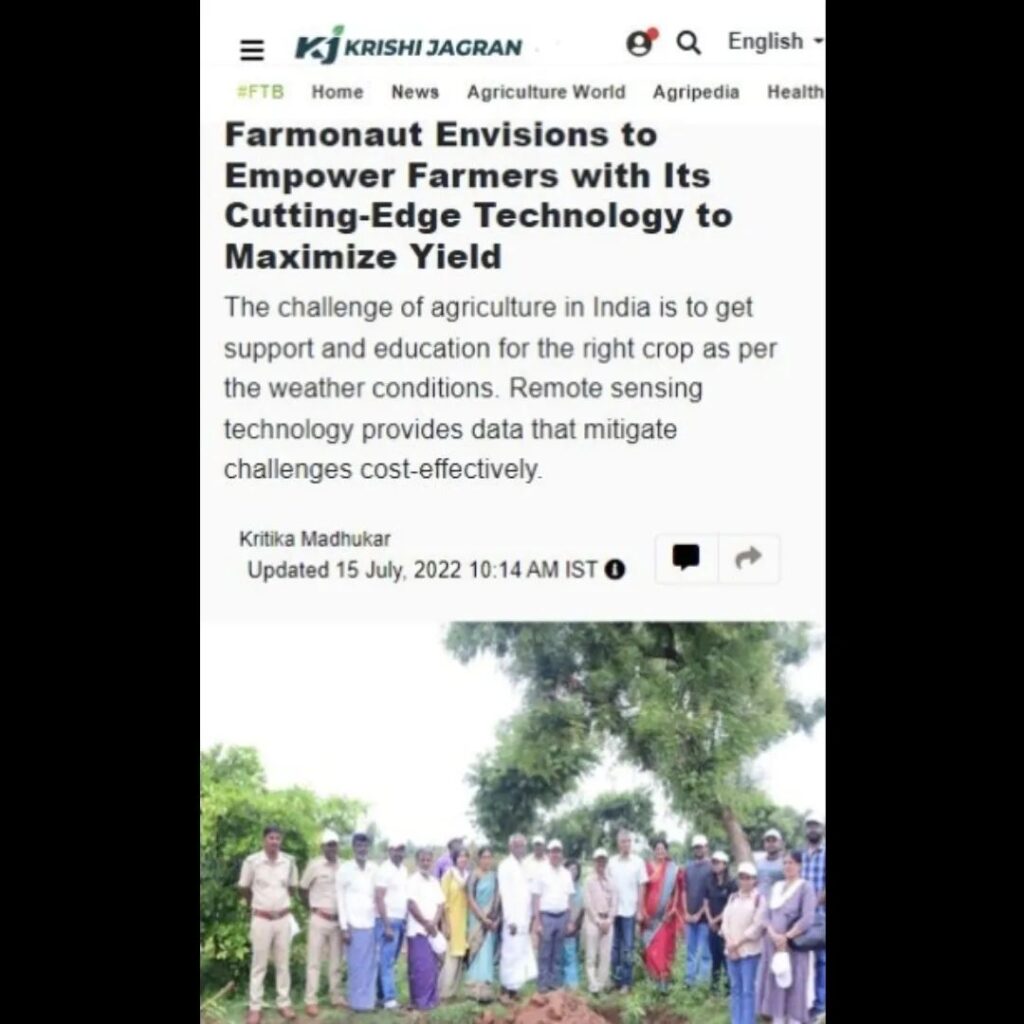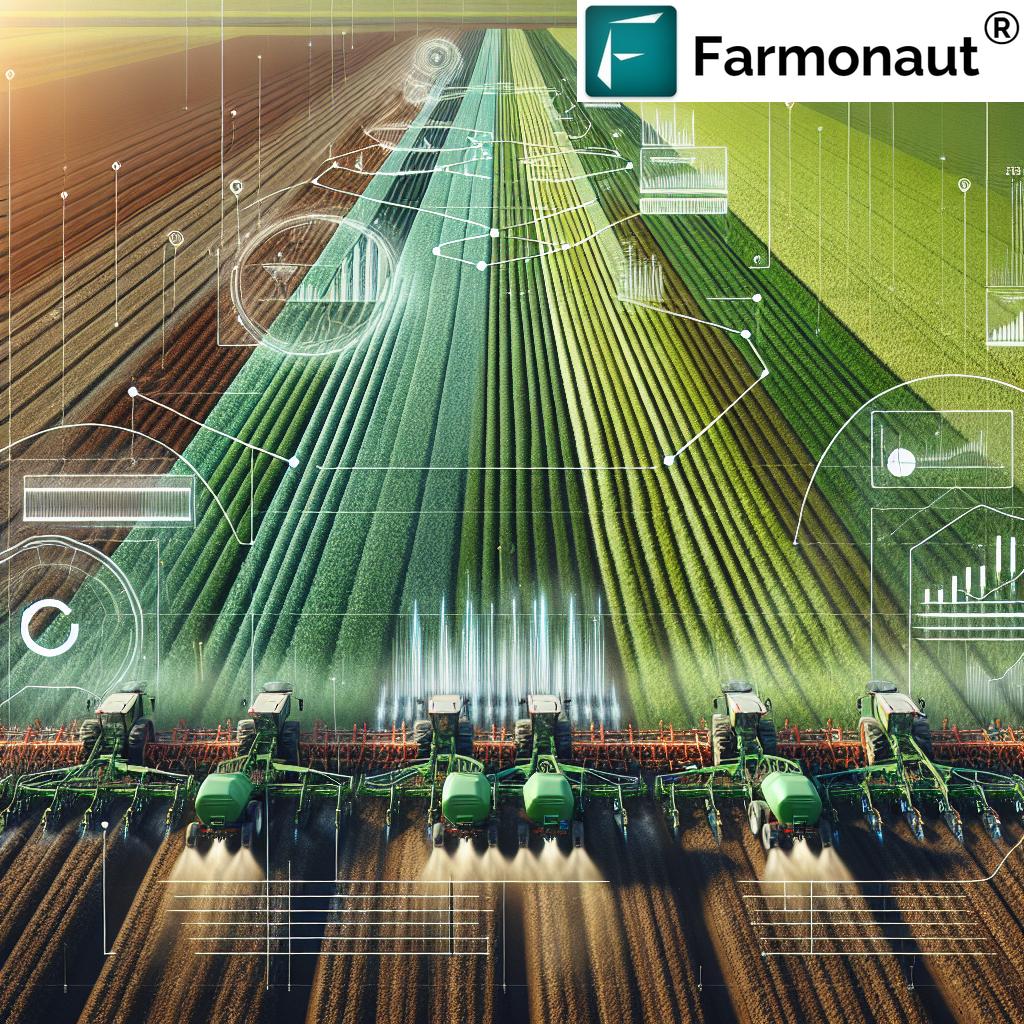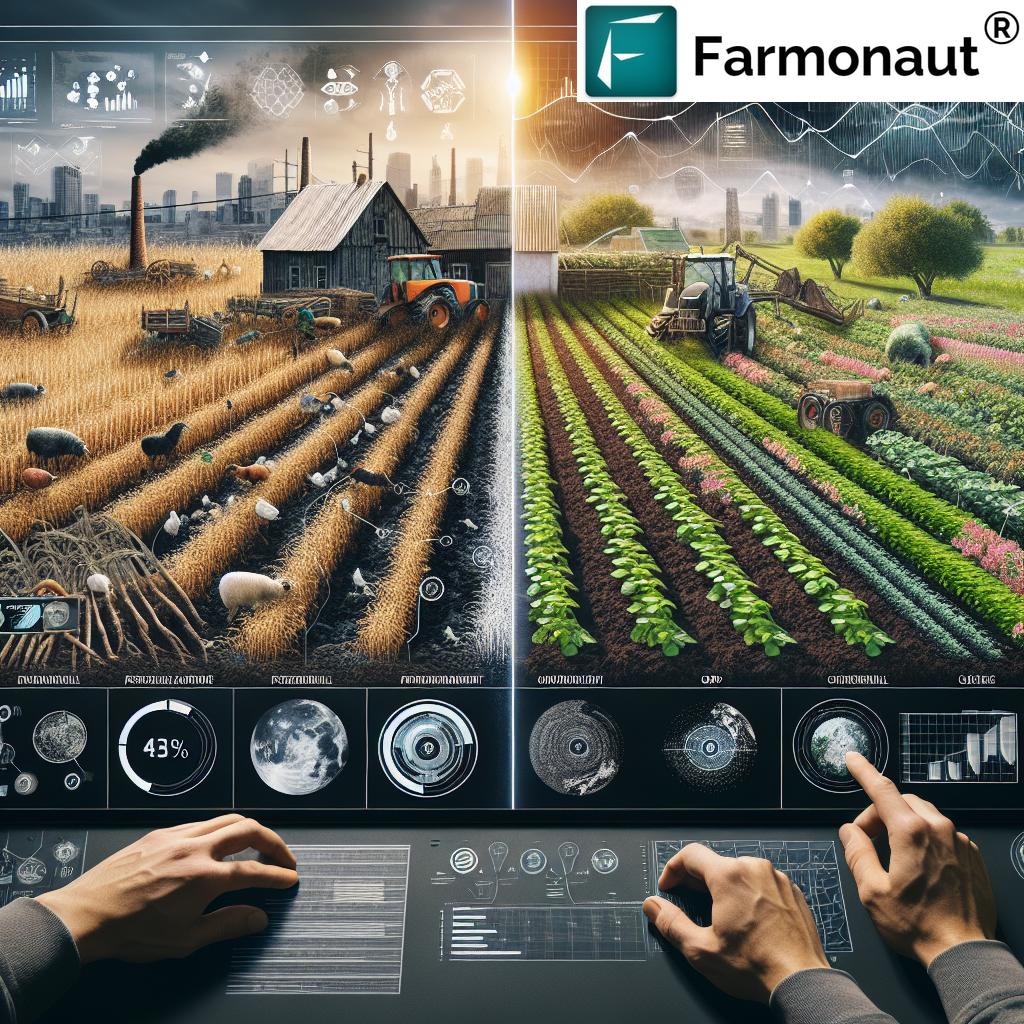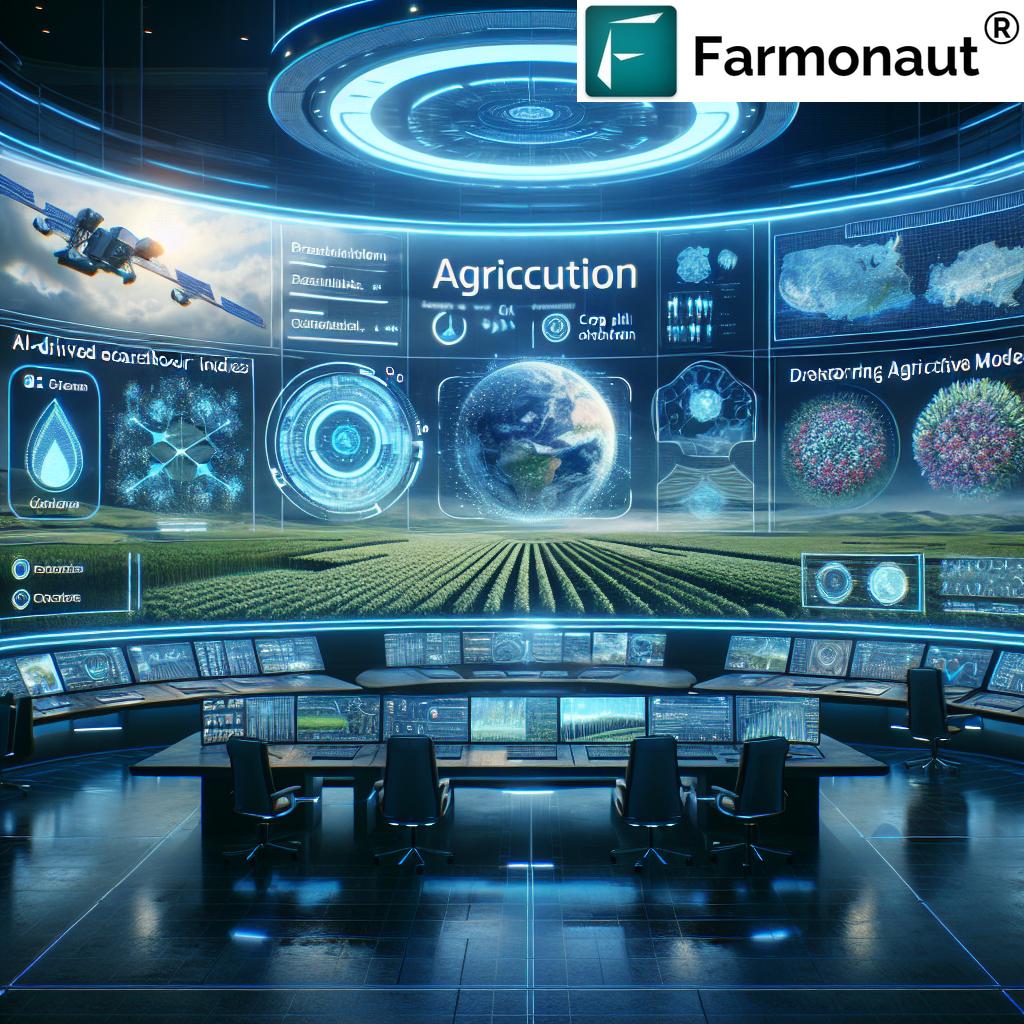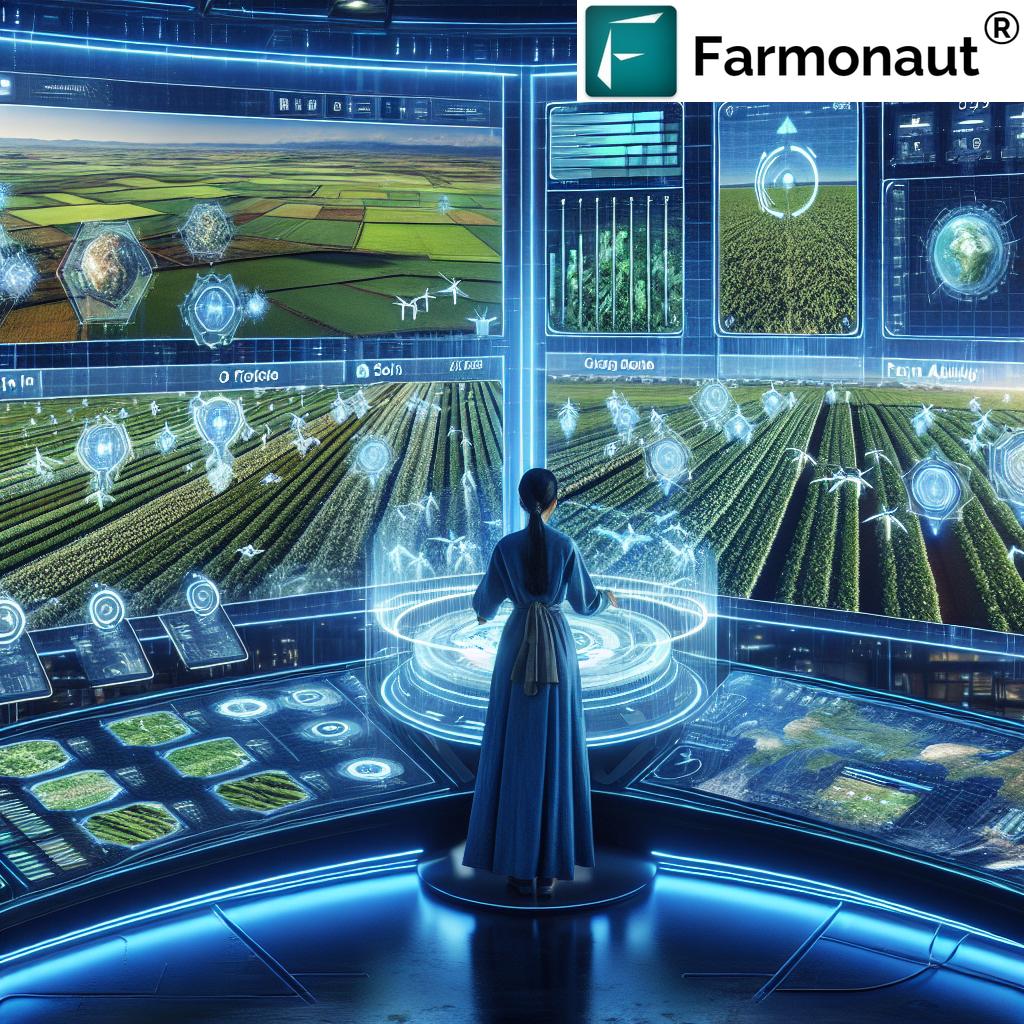Food Supply Chain Problems: 7 Shocking Fixes Revealed
Introduction: The Global Food Supply Chain at a Crossroads
The global food supply chain is a complex, multi-layered network interweaving producers, processors, distributors, and consumers across continents. As we move deeper into the 21st century, this system faces numerous challenges—from increasing climate variability and weather events to labor shortages, infrastructure bottlenecks, regulatory shifts, and new consumer sustainability demands. At stake is not just our ability to feed a growing global population, but also our capacity to do so sustainably, efficiently, and equitably.
Understanding and addressing agricultural supply chain challenges is essential. Solutions must balance productivity, food safety, and resilience while minimizing costs and environmental degradation. Fortunately, emerging precision agriculture technologies are showing the way toward a more robust system. In this blog, we unveil the 7 most shocking fixes for today’s food supply chain—and how we, as stakeholders, can embrace these innovations.
“Over 30% of global food is lost or wasted yearly due to supply chain inefficiencies and climate-related disruptions.”
Major Agricultural Supply Chain Challenges
Let’s break down the most urgent global food supply chain problems—from climate change impacts and labor shortages to infrastructure gaps, regulatory hurdles, and evolving market demands. Each challenge not only threatens efficiency, quality, and costs, but also the sustainability and resilience of our worldwide food distribution system.
Impact of Climate Change and Extreme Weather Events on Agriculture
Climate change introduces unprecedented variability in temperature and precipitation. Extreme weather events—droughts, floods, heatwaves, storms—are becoming regular disruptors. The effect? Damaging crops, reducing yields, and lowering quality in every agricultural region. For instance, dramatic climatic anomalies during the 2022–2023 global food crises led to food shortages and price increases worldwide.
But the reach of climate disruptions goes beyond the farm. Extreme events damage infrastructure, disrupt transportation networks, and cause bottlenecks in the delivery of agricultural products. They limit accessibility to vital inputs like water (fueling water scarcity conflicts) and hinder restoration efforts, while increasing risks across the chain (source).
- Unpredictable weather patterns lead to regional imbalances in supply and production
- Increased likelihood of post-harvest losses due to delayed or blocked distribution networks
- Reduced efficiency in food delivery, heightening uncertainty for consumers and markets
Addressing the impact of climate change on agriculture is thus a top priority in ensuring both sustainability and food security.
Labor Shortages in Agriculture and Workforce Issues
A formidable challenge in the agricultural sector is labor shortages. As technology transforms farm operations, the demand for skilled workers able to manage precision farming devices and digital tools increases. Yet finding and retaining qualified labor remains an uphill battle, especially facing high turnover, fluctuating seasonal demands, and arduous working conditions (source).
- Aging workforce and younger generations moving away from traditional farming
- Rising wages and operational costs add financial strain
- Difficulty in scaling up as output is limited by workforce capacity during planting/harvest seasons
Persistent labor shortages in agriculture affect production, increase costs, and threaten supply chain continuity.
Transport, Storage & Infrastructure Limitations
Infrastructure limitations in rural and developing regions are among the core bottlenecks for a robust global food supply chain. Poor road connectivity, limited transportation facilities, and inadequate storage systems can:
- Delay produce distribution—resulting in food spoilage, especially for perishables
- Increase costs and reduce profit margins for farmers
- Limit accessibility to vital goods for both production and consumption
- Raise the incidence of post-harvest losses—worsening food shortages in markets (source: thefarminginsider.com)
Food Safety Regulations and Compliance Challenges
With the rise in food safety concerns, regulatory requirements for all supply chain participants have intensified. Traceability systems, labeling, and hygiene protocols add layers of complexity for farmers, processors, and distributors.
- Constantly evolving regulations demand ongoing investment in compliance
- Non-compliance risks penalties, recalls, and reputational damage
- Increased administrative burdens, especially challenging for smallholders
Satisfying stringent food safety and regulatory requirements is non-negotiable—yet must be achieved without sacrificing efficiency or affordability.
Deforestation and Environmental Degradation From Agricultural Expansion
Our global agricultural trade is a leading driver of deforestation and environmental degradation. According to FAO, as much as 90% of global deforestation is linked to expanding agricultural lands. Key crops for international markets, such as soy, palm oil, and beef, disproportionately contribute to biodiversity loss.
- Trade-driven expansion creates externalized environmental costs (“embodied deforestation” in goods imported by high-income countries).
- Ecosystems are fragmented, affecting future yields and sustainability.
- Carbon emissions skyrocket with land conversion, feeding back into the climate change loop.
Reversing environmental degradation and meeting responsible sourcing expectations are crucial for truly sustainable food systems.
Technological Advancements and Supply Chain Digitalization in Agriculture
The arrival of precision agriculture technology marks a transformative period for the food supply chain. Innovations like satellite imagery, IoT devices, AI-based advisory systems, and blockchain are solving age-old pain points by:
- Optimizing inputs: Water, fertilizer, and labor applied “just where needed” in every field zone
- Providing real-time crop health monitoring: For early intervention, maximizing yields, and reducing losses
- Cutting food fraud: Blockchain-backed traceability solutions assure product authenticity for retailers and consumers
- Reducing emissions: Carbon footprint tracking empowers agricultural businesses to measure and cut environmental impact
Yet technological adoption faces cost, training, and policy barriers. Effective supply chain digitalization in agriculture means not only providing the tools, but also making them accessible to all participants, big or small.
Global Trade Vulnerabilities and Supply Chain Disruptions
The rise of global food supply chains has rendered us more interconnected—and more vulnerable—to shocks and price volatility. Recent crises illustrate this clearly:
- COVID-19 and the Russian invasion of Ukraine triggered supply interruptions and pushed up costs for grains, oils, and fertilizers
- Sudden barriers in transportation networks or trade policies can rapidly create food shortages in distant regions
- Domino effects: Local disruptions can rapidly escalate into global crises (source)
Mitigating agricultural trade issues and bolstering system resilience are critical to ensure a stable, sustainable global supply of food.
Consumer Preferences and Sustainable Market Demands
Shifting consumer preferences play a pivotal role in the evolution of the agricultural supply chain:
- Demand for organic, sustainably-produced, local goods is rising (source)
- Adapting to these trends requires transparent supply chain management and documentation of environmentally friendly practices
- Retailers and distributors must adjust sourcing strategies to remain competitive and build trust
While these trends drive progress toward sustainable food production, they also increase production costs and add complexity to chain management.
Interested in integrating satellite and weather data into your own systems?
Explore the Farmonaut API and in-depth
API Developer Docs.
“Precision agriculture can increase crop yields by up to 20%, strengthening food supply chain sustainability worldwide.”
7 Shocking Fixes and Strategies for a Resilient Food Supply Chain
Now that we’ve mapped the major pain points in the global food supply chain, let’s reveal seven data-driven, technology-powered fixes that promise to transform our food system for good.
-
Satellite Crop Health Monitoring for Real-Time Risk Assessment
Using satellite imagery and sensors, farmers get hyper-local data on crop health (NDVI, soil moisture) and weather anomalies. Early warnings mean timely interventions, reducing losses from climate events and maximizing yields. -
AI-Based Advisory Systems to Guide Optimal Decision-Making
AI-driven tools like Jeevn AI analyze massive datasets—satellite images, weather, farm logs—and generate customized farming advice, resulting in more efficient resource use, better input application, and lower costs. -
Blockchain Traceability for Trust and Compliance
Blockchain enables secure product traceability across the chain (from “farm to fork”), ensuring regulatory compliance, minimizing fraud, and providing consumers with transparent records for ethical and safety assurance. -
Integrated Resource and Fleet Management
Modern logistics tools streamline fleet usage, optimize delivery routes, and minimize fuel waste, leading to both operational efficiency and lowered carbon emissions. -
Carbon Footprint Tracking to Inform Sustainability Efforts
Real-time carbon footprint tracking empowers agribusinesses to target emission hotspots in operations and implement carbon-reducing policies, helping meet regulatory benchmarks and consumer expectations for green practices. -
Supply Chain Digitalization for Systemic Resilience
Digital tools—IoT devices, mobile apps, API integrations—enable end-to-end monitoring and control, improving chain speed, reducing errors, and making supply more adaptable to disruptions. -
Financial and Insurance Innovations for Risk Shielding
With satellite-based crop verification, farmers and agribusinesses secure more transparent crop loans, smoothen insurance claims processing, and reduce losses from fraud or natural disasters.
Challenges vs. Solutions Impact Table for the Food Supply Chain
| Major Food Supply Chain Problem | Precision Agriculture/Tech-Driven Solution | Estimated Impact on Sustainability |
|---|---|---|
| Post-harvest losses due to unpredictable weather | Satellite-based crop health monitoring & real-time alerts | Estimated 20% reduction in food waste, improved resource efficiency |
| High transportation emissions and spoilage | Digital fleet/resource management & optimized delivery routes | Estimated 15% decrease in carbon footprint and fuel use |
| Climate change disrupting yields and supply costs | AI-based advisory for adaptive farming strategies | Mitigated yield volatility, improved food supply chain resilience |
| Food fraud/non-compliance with regulations | Blockchain-based product traceability systems | Improved food safety, traceability, regulatory compliance |
| Deforestation from expanding supply chains | Carbon footprint monitoring & sustainable sourcing verification | Supports 10–20% drop in deforestation-linked emissions |
| Inaccurate/slow crop insurance claims | Satellite-verified crop inspections & digital records | Faster, fairer payouts and improved farmer resilience |
| Lack of access to professional agricultural advice | AI and digital advisory platforms (mobile, web, API) | On-demand, location-specific advice for smallholders boosts productivity |
Farmonaut’s Role in Building Food Supply Chain Sustainability
At Farmonaut, we’re dedicated to making precision agriculture affordable and accessible for all. Our platform merges satellite data, artificial intelligence, and blockchain to empower farmers, agribusinesses, and governments with smart farming and resilient supply chain solutions:
-
Satellite-Based Crop Health Monitoring: Get real-time NDVI, soil moisture, and vegetation analytics to optimize yields and reduce resource waste.
Learn more about Farmonaut’s Large-Scale Farm Management capabilities. - Jeevn AI Advisory: Receive personalized, data-driven, in-depth farming insights—covering weather, irrigation, fertilization, and pest/disease management.
-
Blockchain-Backed Traceability: Ensure transparent food origins, safety, and supply chain compliance.
Discover Farmonaut’s Traceability Solutions. - Environmental Sustainability: Real-time carbon footprinting and responsible resource management tools.
- Fleet & Resource Optimization: Reduce delivery times and costs with advanced fleet management. See: Farmonaut Fleet Management System.
- Financial Tools: Secure satellite-based farm verification for loans and insurance to boost rural financial inclusion.
Our mission is to catalyze efficient, sustainable food production—strengthening global supply chain resilience for the future.
Farmonaut Subscription Plans
Explore scalable, affordable packages for individual farmers, cooperatives, agribusinesses, and institutions. Start optimizing your food supply chain today!
FAQs: Food Supply Chain Resilience
How does precision agriculture improve food supply chain resilience?
Precision agriculture leverages technologies—satellite imagery, IoT sensors, AI advisory—to deliver data-driven insights for farmers. This results in optimized input use, minimized crop loss due to timely interventions, improved yields, and better supply predictability, ultimately strengthening food supply chain sustainability.
What role does digitalization play in addressing food chain bottlenecks?
Digital tools—such as farm apps, remote monitoring devices, and fleet management software—enable real-time tracking and responsive decision-making along the entire food supply chain. This reduces delays, spoilage, fraud, and operational costs, leading to a more efficient and transparent distribution system.
How does blockchain ensure food safety and traceability?
Blockchain creates a tamper-resistant record of every stage in a product’s journey, from production to the consumer. This enables quick response to food safety recalls, boosts regulatory compliance, and builds trust among consumers seeking transparency about food origins.
Can new technologies really help address labor shortages in agriculture?
Yes, by automating repetitive or labor-intensive tasks (like field monitoring or record-keeping), technology decreases dependency on manual labor and increases overall farm productivity—even as labor pools shrink or fluctuate seasonally.
Where can I get started with affordable, high-tech farm management?
You can access Farmonaut’s crop health monitoring, AI advisory, and traceability features via our web & mobile apps or API for integrators and developers.
Conclusion: Charting a Path to Sustainable Food Systems
We stand at a pivotal moment where agricultural supply chain challenges could either break or build the future of global food security. The risks are real—climate disruptions, labor issues, infrastructure bottlenecks, and growing environmental costs threaten the quality, availability, and affordability of food worldwide. However, as we’ve explored, advances in precision agriculture technology, digital solutions, and sustainability innovations offer a powerful toolkit.
At Farmonaut, we’re committed to helping farmers, agribusinesses, governments, and the broader food sector drive measurable improvements—creating supply chains that are not just more productive, but also more sustainable and resilient to future crises.
Let’s embrace data-driven farming, transparent food chain management, and sustainability as our guiding stars for feeding the world, now and for generations to come.


